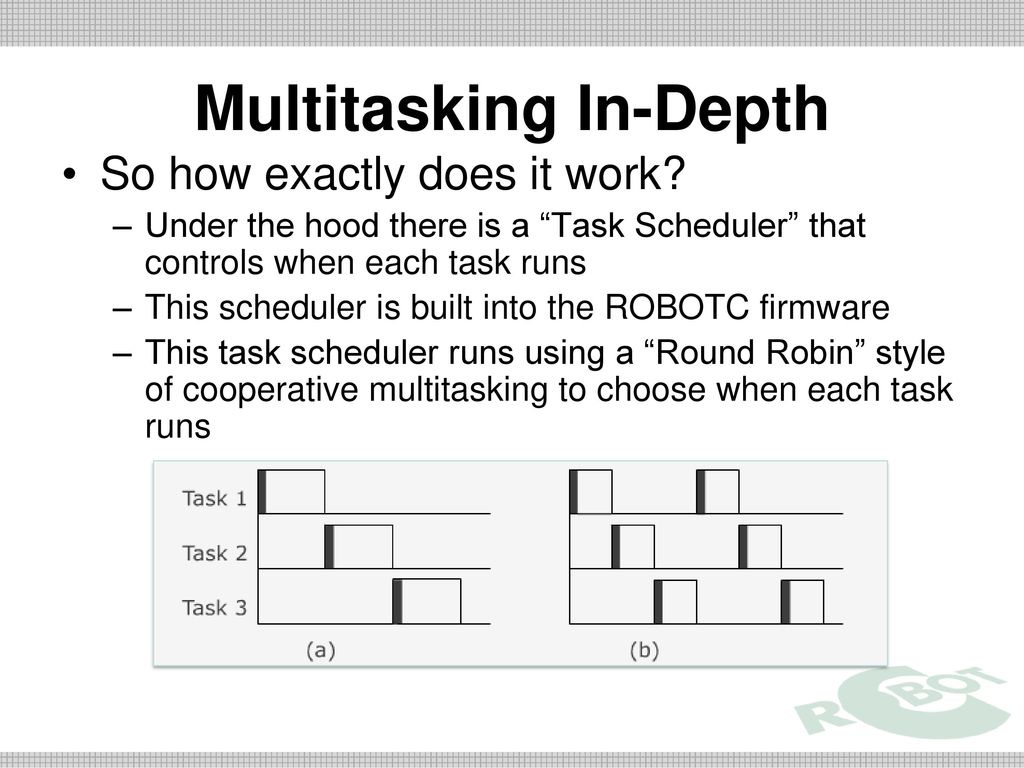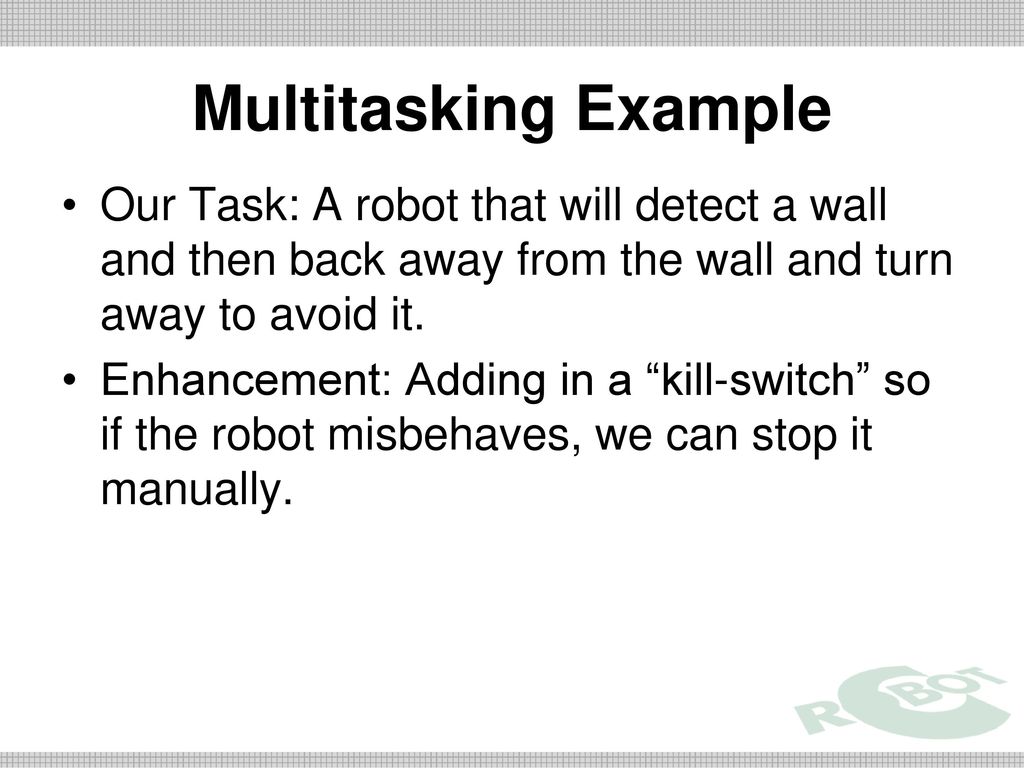

Keep in mind that the Arduino is not running an operating system with multi-threading capabilities and multiple processors to run those threads on. There are a number of multitasking type systems available for the Arduino platform of different complexity, Is there a way to run multiple MS timers and make it run forever instead of a set time? From what I tested last night I could only run one "task" at a time, and I could only run for a specific amount of time. I think the MS timer2 is the closest thing to what I want. If I start by putting data item “f” into the first array “box”, then f will overwrite e before I have a chance to move e over into box 1.Thanks guys for your fast replies. With data in it, we’ve got something like this:Įach time we go through the loop, we need to shift each value one box to the right so that our new piece of data can slot into position 0: In picture format, we’ve just created the following (recalling that when programming, the first item in the array has an index of 0): Start by defining an array to hold 5 values: int ultrasonicArray There’s nothing built into eas圜 or RobotC to do this, so you have to write this yourself.
ROBOTC MULTITASKING HOW TO

Since these PID iterations are taking place over a VERY small period of time, using replacement values for 1 or 2 numbers every now and then does not cause undue problems (or any, in our usage of it thus far). From other research I did on the VEX Forum, people have indicated that these noisy sensors rarely produce more than 2 junky pieces of data in a row. So what is a median filter? It’s simply using the median of the previous x-number-of-values as a replacement for junky data. (For background, a Kalman filter is useful when you’ve got a complex, dynamical system with multiple sensors providing input.) the online window (eas圜) or debugger window (RobotC) to test each one (or. A search of the VEX Forum will return many threads mentioning things like Kalman filters, and (a) from what I’ve read and (b) my experience using it with the ultrasonic sensor, I’ll confirm that a median filter worked perfectly. It features multitasking, low-level control, and Wiring compatible functions. I’ll cut to the chase here, since you’re probably reading this article in order to save yourself some time and background reading: For simple filtering of data like this instance, a median filter is just fine. That’s when I started researching techniques for filtering sensor data. I mean, how can you adjust left- and right-side power to maintain a fixed distance from the wall, if you randomly get complete junk? You just can’t. What to Doīased on what we saw in the table above, without the ability to filter data, the concept of using the ultrasonic sensor to drive straight would be pretty much a non-starter. This fact makes the sensor distinctly less useful. Uhhhhh… problem? And that’s when I learned that certain VEX sensors-including the ultrasonic, gyro, accelerometer, and potentiometer-have a tendency to return “noisy” data. We were using the RobotC datalog (as I recommend everyone use when writing a PID loop) and looking at the error value each time through the loop.

We were making use of a PID algorithm, increasing or decreasing power to one side of the drive train depending on whether the robot was further away from or closer to the perimeter than our chosen target. It started when we were trying to use an ultrasonic sensor to drive the robot straight down the field, keeping a constant distance from the field perimeter (ultrasonic sensor attached to the side of the robot). My team has been learning more-sophisticated programming of late, and I thought I’d share one topic we recently dove into: filtering noise out of sensor data.


 0 kommentar(er)
0 kommentar(er)
